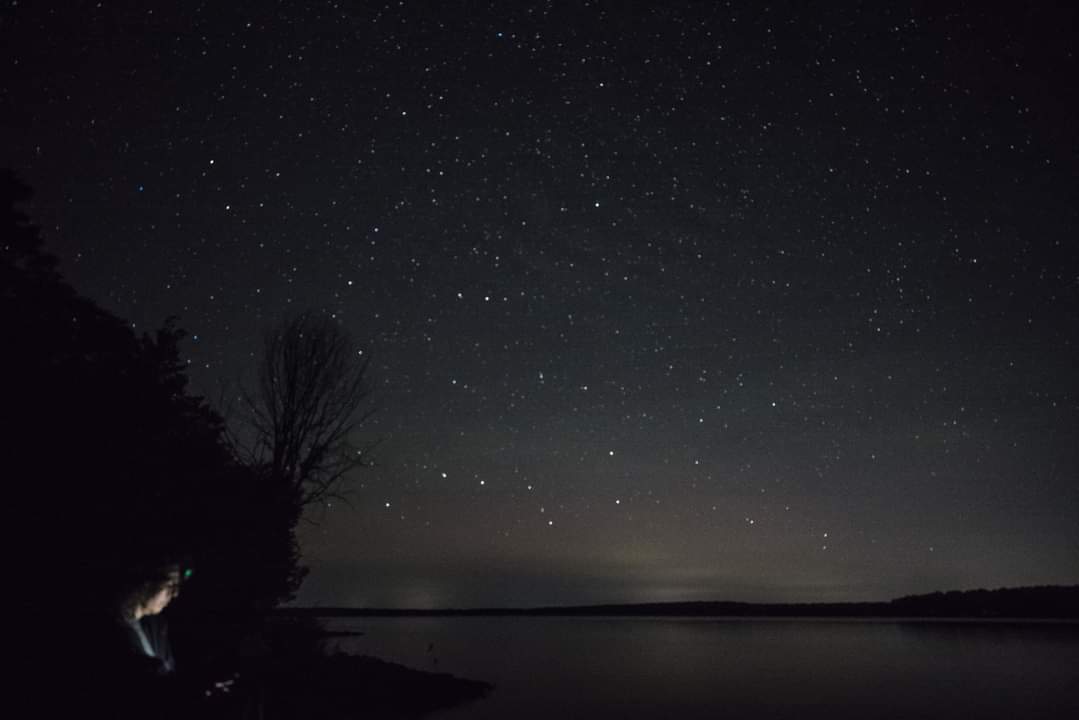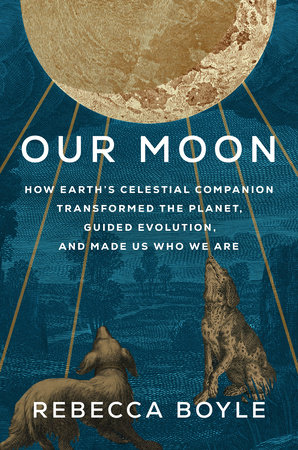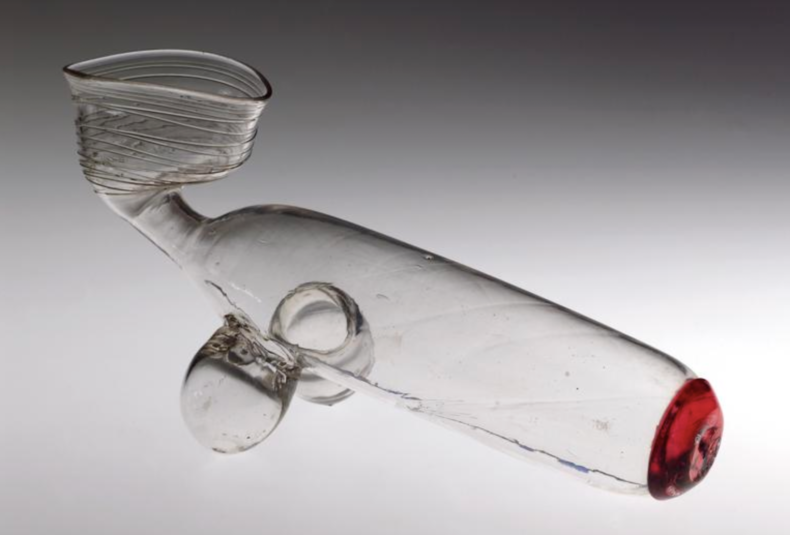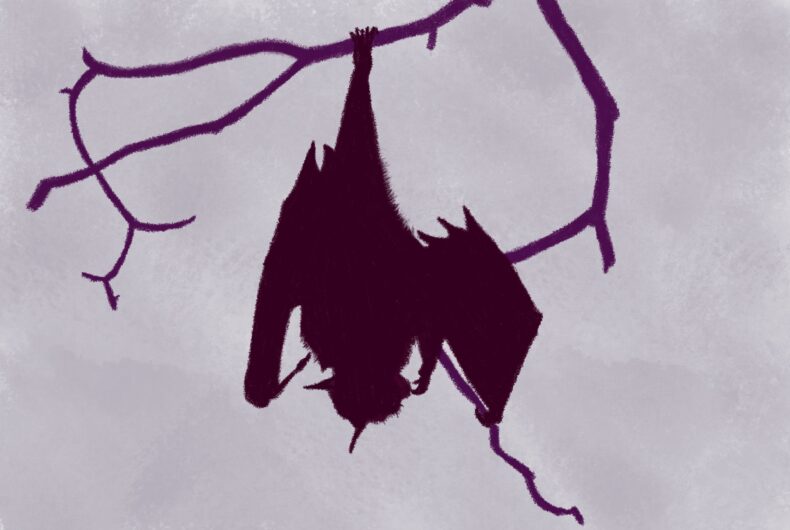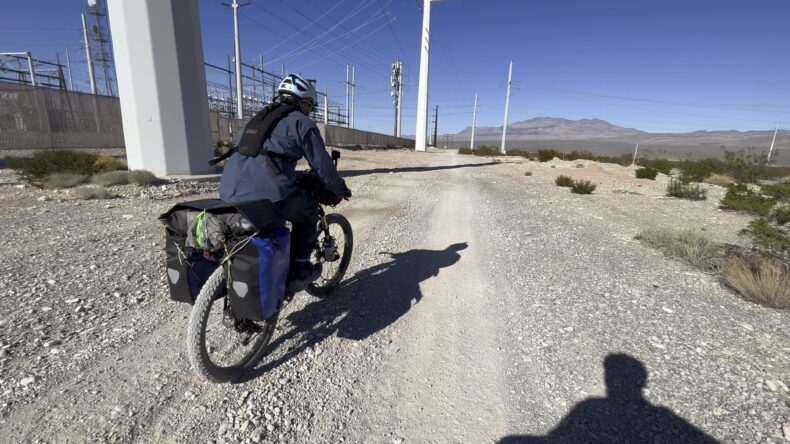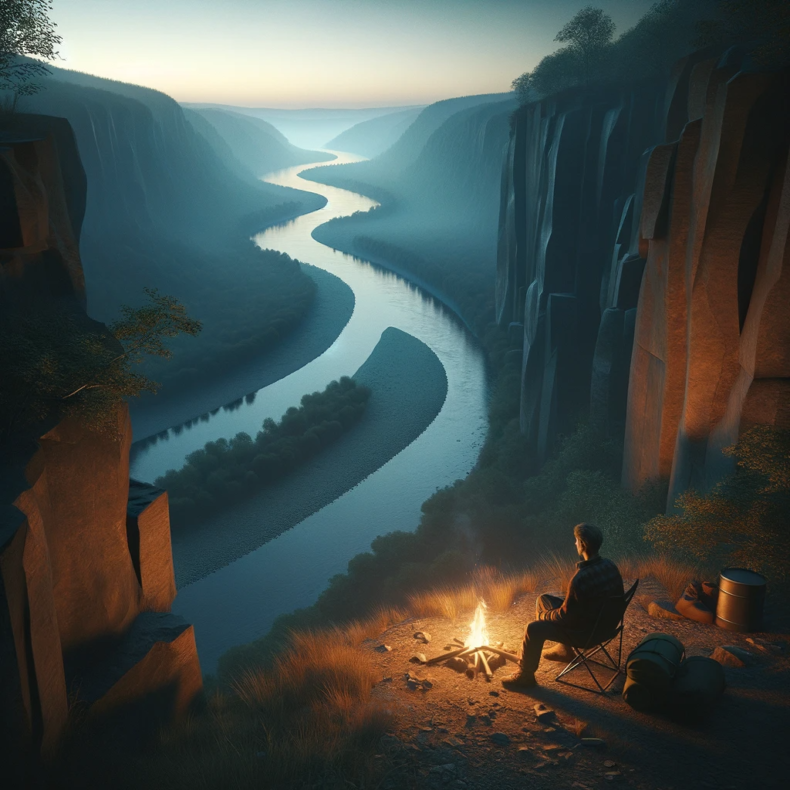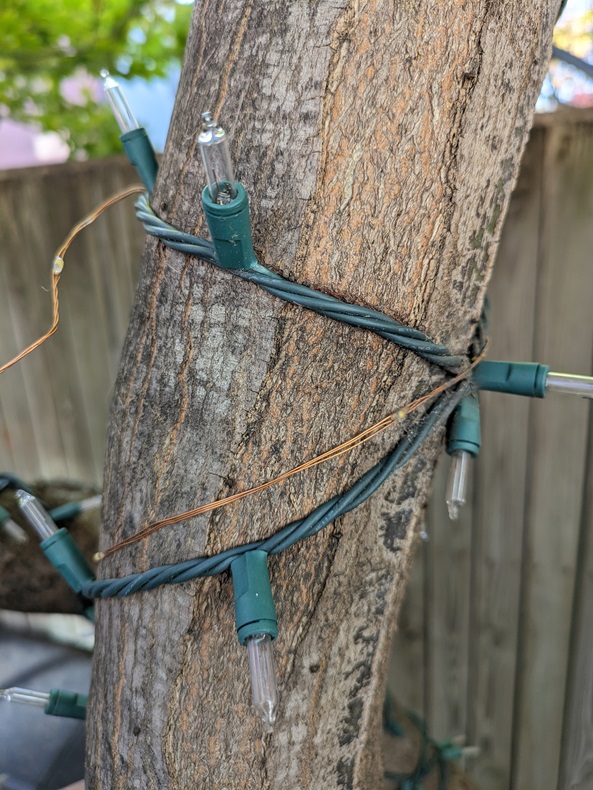
One Sunday in November, my boyfriend and I were arriving back at his house at noon or so, after a visit to the market for a baguette and bacon. As I waited for him to unlock his door, I looked at the pretty maple tree next to me. It had Christmas lights wrapped around its trunks and limbs. “Do those lights work?” I asked. It was getting dark early – daylight savings had ended two weeks before – and I thought it might be nice to have some lights outside. They did not, he said. I looked closer and realized the tree was starting to grow around the wires. In time, that can kill a tree. I suggested that it might be time to take the lights down.
At first we tried unwinding the lights, but quickly realized they were too embedded. The tree had even popped the wires in places as it grew. The lights were beyond saving. With wire cutters, we started clipping and pulling and unwinding and clipping again. Gradually we released the tree from its bonds. The hardest bits were down at the branching of the tree’s two main trunks, which had come together as they grew and widened. But my boyfriend thought of applying a bit vegetable oil as lubricant – this felt unkind somehow, pouring a plant product on a plant – and, by pulling steadily, we were able to get the last bits of the wires out.
The whole process only took about 15 minutes and it gave this pretty tree a new lease on life. Below is what the tree looked like afterward – see, you can see the twist of the wires in the lower of the two crisscrossing scars. Two months later, the scars look much milder. I hope we freed it in time.
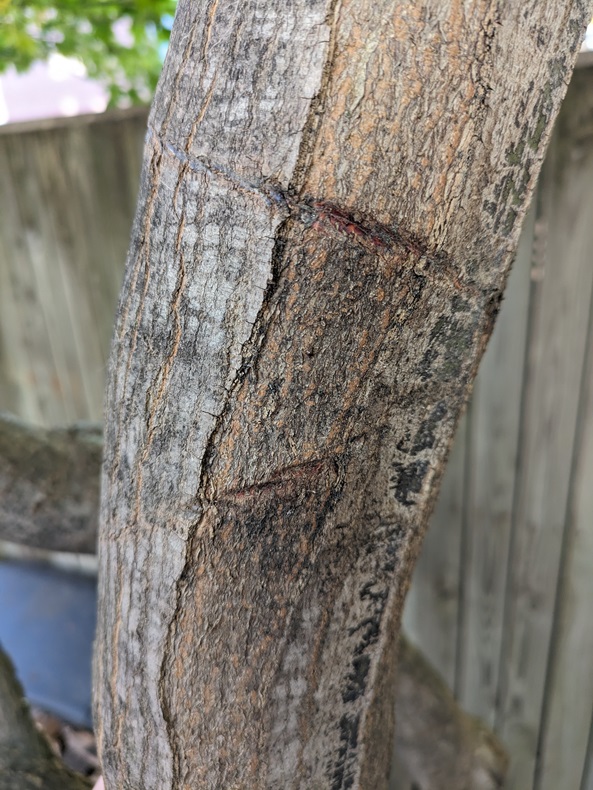
I took pictures of the tree knowing it would make a charming post for this blog. But I’ve barely done any writing since.
This event happened at the beginning of what turned out to be the worst week of my life. My father was 81 and extremely healthy. A stroke came from nowhere, as they do. One Sunday, I had a father; the next Sunday, I didn’t. One Sunday, this tree was wrapped in wires that would kill it; the next week, it wasn’t.
Almost everybody loses their father, and almost everybody has to live in a world without their parents, eventually. (How, though?) I want to write about him, but I don’t know how, but I want to make everything about him, because it is.
Here’s what comes to mind when I look back on this little episode: My father took great joy in nature and in being active outside, as did I, climbing around that tree, pulling on wires. He and I share a passion for spotting problems and wondering if we could make things better. He’s the one who introduced me to wire cutters. And he also would have thoroughly documented his work in photos.
Photos: Helen Fields, who is her father’s daughter, obviously
